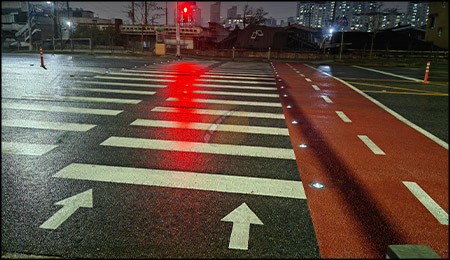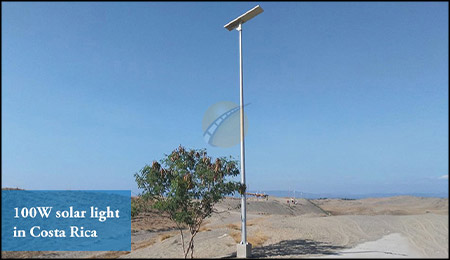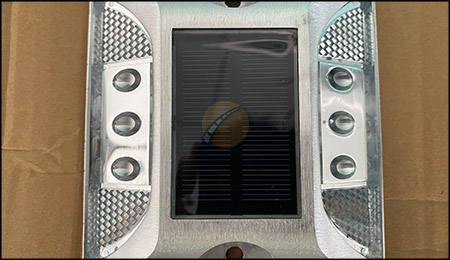How does GPS control solar road studs to flash at a certain frequency?
Jun 21, 2023
GPS (Global Positioning System) is not typically used to directly control the flashing frequency of solar road studs. Instead, the flashing frequency of solar road studs is typically predetermined and set during the manufacturing process or through manual configuration.
Solar-powered road studs often have built-in electronic circuits that control their flashing patterns. These circuits can be programmed to flash at a specific frequency, such as 1 Hz (one flash per second) or 2 Hz (two flashes per second). The flashing frequency is determined by the internal timing mechanism of the road stud.
However, GPS technology can be utilized in some advanced road safety systems to synchronize the flashing of multiple solar road studs installed along a stretch of road. By incorporating GPS receivers into the road studs, they can receive signals from GPS satellites to precisely time their flashing patterns.
This synchronization is especially useful in applications where a specific pattern or sequence of flashing is desired for enhanced visibility or guidance purposes. For example, in certain traffic control scenarios, synchronized flashing can be used to indicate lane changes, construction zones, or upcoming hazards.
In such cases, the GPS signals received by the solar road studs are used to ensure that they flash in unison or according to a specific sequence, providing a coordinated visual signal to drivers.
It's important to note that the specific implementation and capabilities of GPS-controlled LED solar road studs may vary depending on the manufacturer and the intended application.
Solar-powered road studs often have built-in electronic circuits that control their flashing patterns. These circuits can be programmed to flash at a specific frequency, such as 1 Hz (one flash per second) or 2 Hz (two flashes per second). The flashing frequency is determined by the internal timing mechanism of the road stud.
However, GPS technology can be utilized in some advanced road safety systems to synchronize the flashing of multiple solar road studs installed along a stretch of road. By incorporating GPS receivers into the road studs, they can receive signals from GPS satellites to precisely time their flashing patterns.
This synchronization is especially useful in applications where a specific pattern or sequence of flashing is desired for enhanced visibility or guidance purposes. For example, in certain traffic control scenarios, synchronized flashing can be used to indicate lane changes, construction zones, or upcoming hazards.
In such cases, the GPS signals received by the solar road studs are used to ensure that they flash in unison or according to a specific sequence, providing a coordinated visual signal to drivers.
It's important to note that the specific implementation and capabilities of GPS-controlled LED solar road studs may vary depending on the manufacturer and the intended application.




